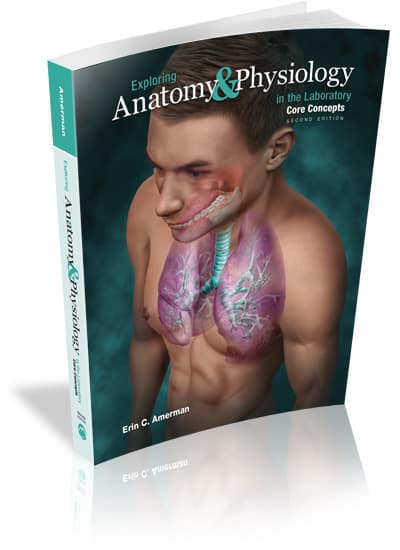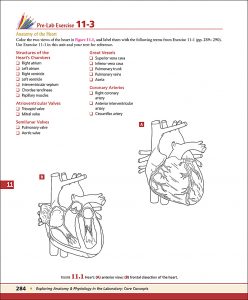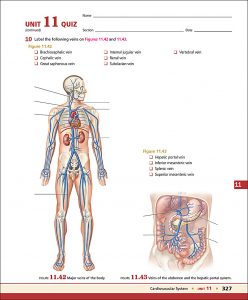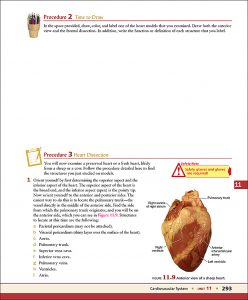Erin C. Amerman has been involved in anatomy and physiology education for more than 12 years as an author and professor, most recently at Santa Fe College in Gainesville, Florida. She received a B.S. in cellular and molecular biology from the University of West Florida and a doctorate in podiatric medicine from Des Moines University. Erin lives in Florida with her family and many pets where she enjoys hiking to find and photograph wildlife, especially the large, toothy reptiles that Florida has in abundance!




